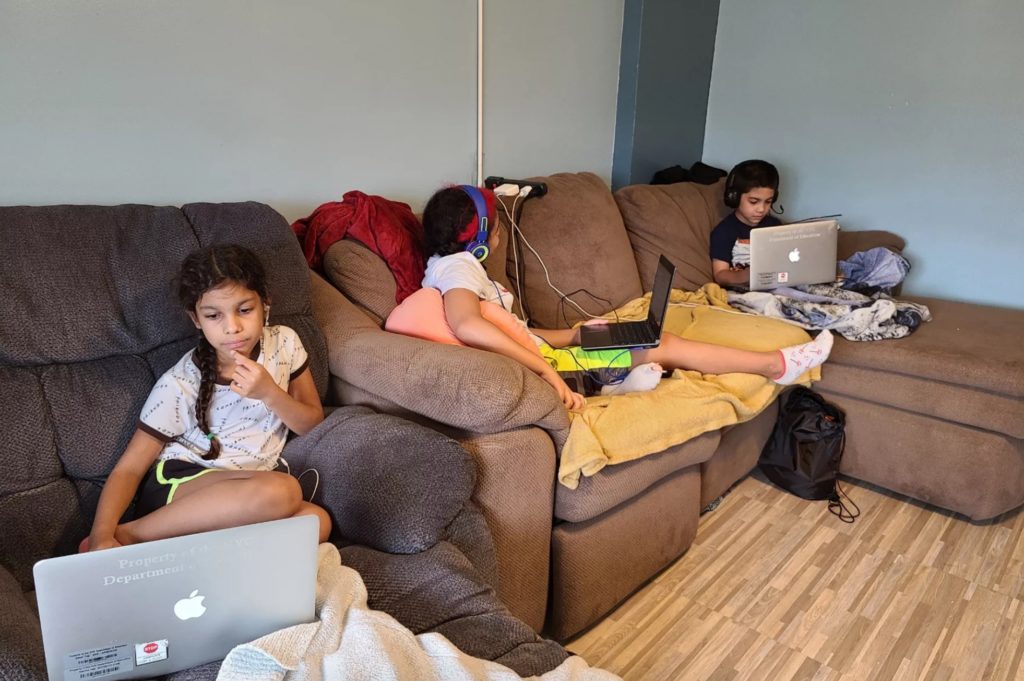NYC students of color are less likely to return to school buildings this year, new poll finds

This story was originally published by Chalkbeat, a nonprofit news organization covering public education. Sign up for their newsletters here.
Low-income families and parents of color are more skeptical than their white and affluent peers about their schools’ safety plans, even as positivity rates remain low.
Lilah Mejia’s 12-year-old daughter is eager to return to school in person after having learned from home since March. But even as Mejia juggles a job and helping her five school-age children with remote learning, the Lower East Side parent won’t entertain the idea.

Brooklyn Boro
View MoreNew York City’s most populous borough, Brooklyn, is home to nearly 2.6 million residents. If Brooklyn were an independent city it would be the fourth largest city in the United States. While Brooklyn has become the epitome of ‘cool and hip’ in recent years, for those that were born here, raised families here and improved communities over the years, Brooklyn has never been ‘uncool’.